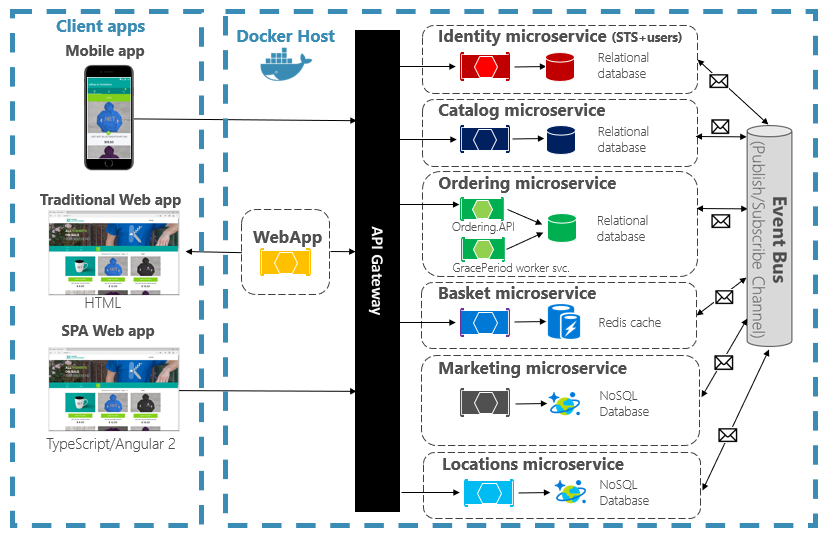Cloud-native architecture is a software development approach that takes advantage of the cloud’s scalability, elasticity, and pay-as-you-go pricing. Cloud-native applications are typically built using microservices, which are small, independent services that communicate with each other over well-defined APIs. This approach makes applications more scalable, resilient, and adaptable to change.
There are many benefits to using cloud-native architecture, including:
- Scalability: Cloud-native applications can be scaled up or down quickly and easily to meet changing demand. This is because they are not tied to a specific hardware infrastructure.
- Resilience: Cloud-native applications are more resilient to failures than traditional monolithic applications. This is because each microservice is isolated from the others, so if one microservice fails, it does not affect the rest of the application.
- Adaptability: Cloud-native applications are easier to adapt to change than traditional monolithic applications. This is because they are built using microservices, which can be updated or replaced independently of each other.
However, there are also some challenges associated with cloud-native architecture, including:
- Complexity: Cloud-native applications are more complex to develop and manage than traditional monolithic applications. This is because they consist of a large number of microservices that must be tightly orchestrated.
- Security: Cloud-native applications are more complex to secure than traditional monolithic applications. This is because they have a larger attack surface and are more reliant on external services.
- Vendor lock-in: Cloud-native applications are often tied to a specific cloud platform. This can make it difficult to move to a different cloud platform in the future.
Overall, cloud-native architecture offers many benefits, but it also comes with some challenges. Organizations should carefully consider their needs before deciding whether to adopt cloud-native architecture.
Here are some of the pros and cons of cloud-native architecture that you might not hear about:
Pros:
- Cost savings: Cloud-native applications can help you save money on IT costs. This is because you only pay for the resources you use, and you can scale your applications up or down as needed.
- Improved agility: Cloud-native applications can help you become more agile. This is because they are easier to develop, deploy, and update than traditional monolithic applications.
- Enhanced security: Cloud-native applications can help you improve your security posture. This is because they are designed to be more secure from the start, and they can be easily integrated with cloud security services.
Cons:
- Complexity: Cloud-native applications can be complex to develop and manage. This is because they are made up of a large number of microservices that must be tightly orchestrated.
- Vendor lock-in: Cloud-native applications can be vendor-locked-in. This means that you may be limited to using a specific cloud platform, which could make it difficult to switch providers in the future.
- Skills gap: There is a skills gap in the cloud-native ecosystem. This means that it can be difficult to find qualified engineers to develop and manage cloud-native applications.
Conclusion:
Cloud-native architecture is a powerful approach to software development that can offer many benefits. However, it is important to be aware of the challenges associated with this approach before making the decision to adopt it.
If you are considering adopting cloud-native architecture, here are some things to keep in mind:
- Start small: Don’t try to migrate your entire application to the cloud all at once. Start with a small, well-defined project and learn from your experience before scaling up.
- Invest in training: Make sure your team has the skills they need to develop and manage cloud-native applications.
- Choose the right cloud platform: Not all cloud platforms are created equal. Do your research and choose a platform that is right for your needs.
- Be prepared for change: Cloud-native architecture is an evolving field. Be prepared to adapt your approach as the technology changes.
By following these tips, you can increase your chances of success when adopting cloud-native architecture.
